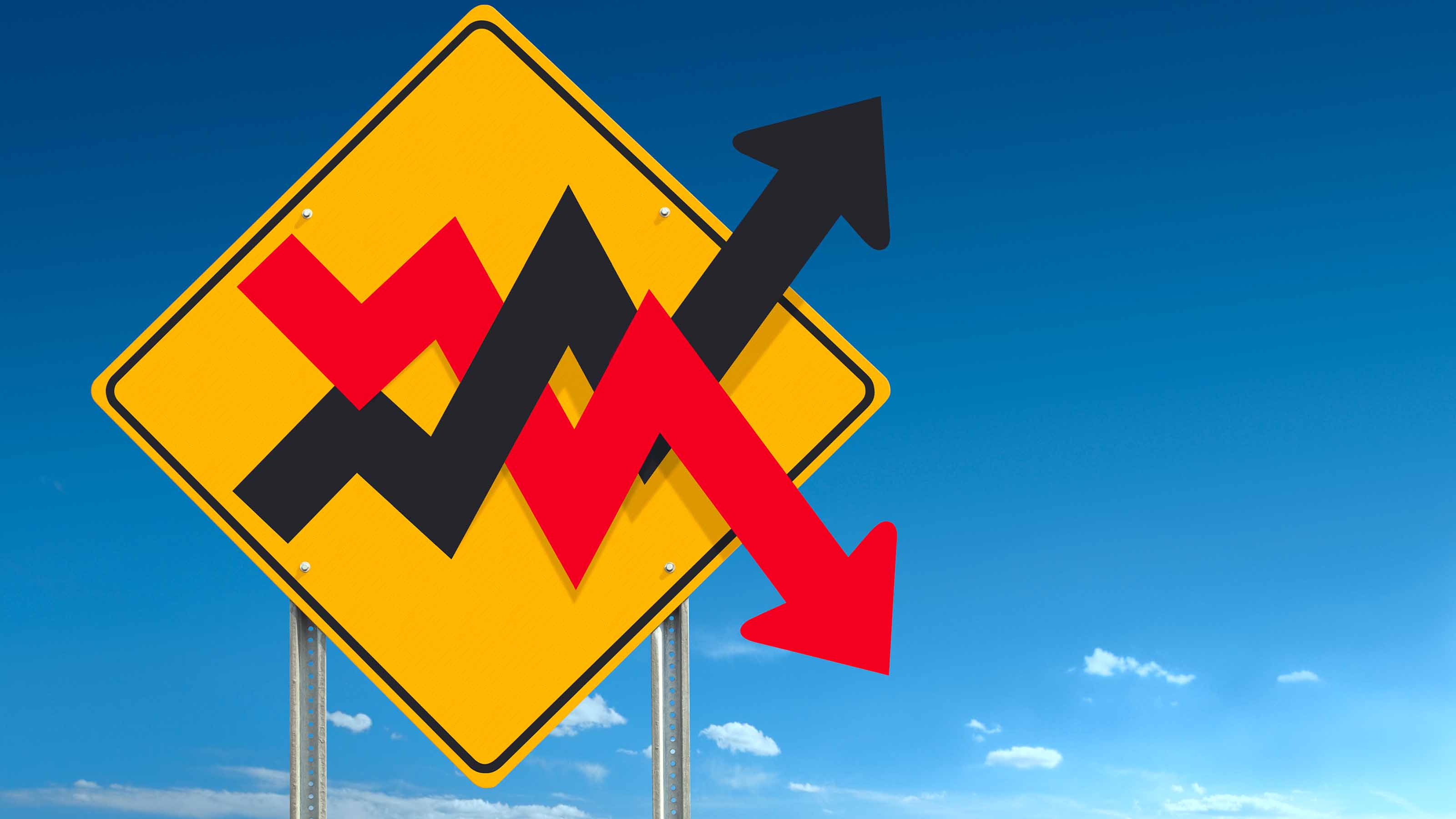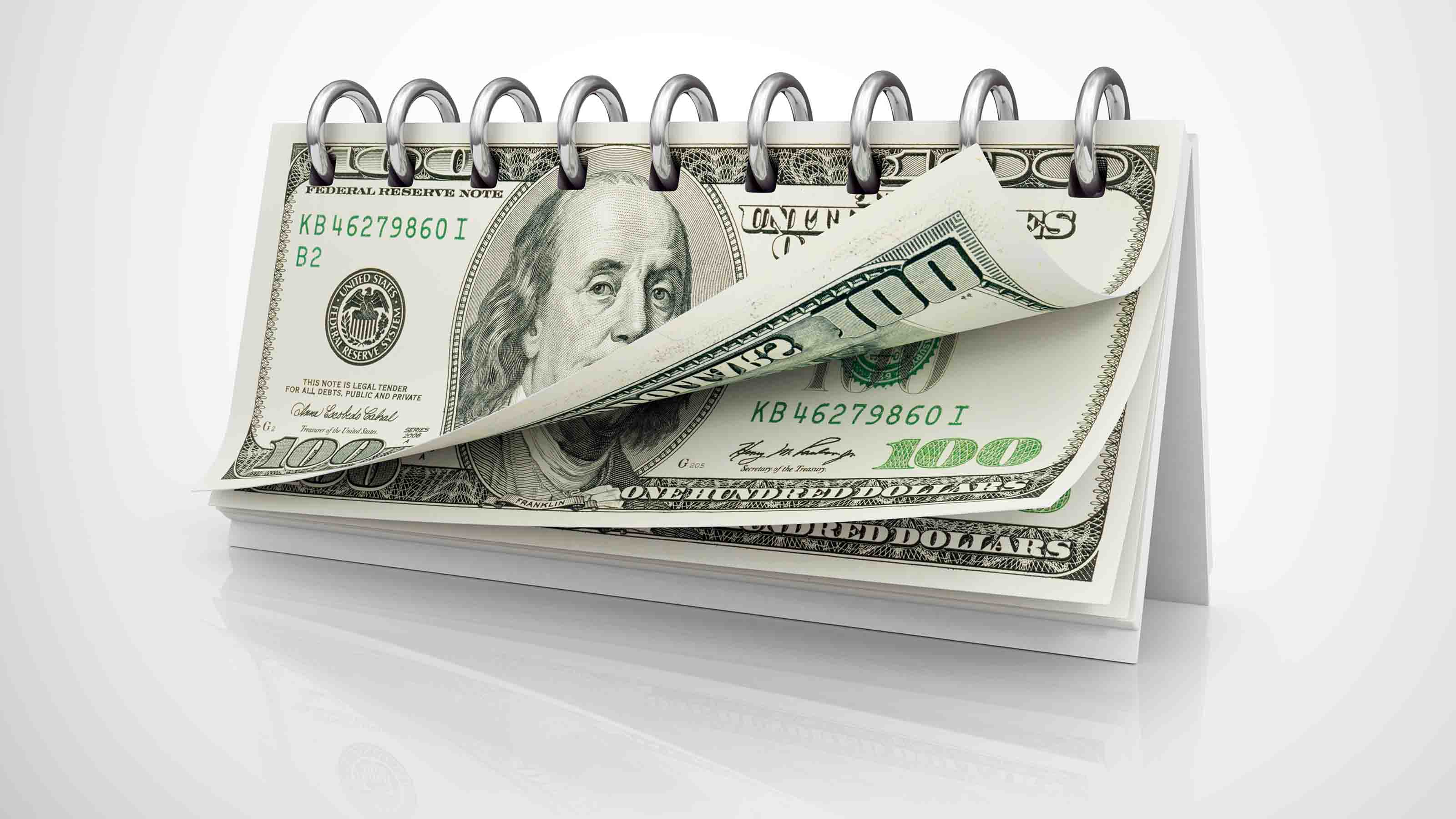Treasury Bonds: A Lousy Deal
You don't have to sell right away, but you'll do better with Ginnie Maes and junk bonds with short maturities.

Look for the longest and strongest rally you'll ever witness in the Treasury bond market to end soon. The total return for long-term Treasuries since April 1982 -- 11.1% annualized -- is comparable to the 11.7% annualized return (dividends included) of Standard & Poor's 500-stock index over the same period. This reversed a punishing three-decade-long bond bear market that endured from Harry Truman's presidency to Ronald Reagan's.
How to Be a Better Bond Buyer
I'm not such a slave to history to believe that major market moves will always run in 30-year cycles. But there's enough shaking in the economy and the financial markets in 2012 to suggest that the U.S. is moving closer to its next extended interest-rate cycle. Although there have been hints over the past few weeks that the economy may not be as robust as it appeared in the winter, a new recession is not in the offing.
That's a key reason the direction of the next prolonged rate cycle will surely be upward. The cost of borrowing is far below the historical levels that are normal in anything but a deep recession. Neither the panicky buying of investors looking for bomb-shelter-type protection nor further intervention by the Federal Reserve will be able to keep a lid on the trend toward higher bond yields.
From just $107.88 $24.99 for Kiplinger Personal Finance
Become a smarter, better informed investor. Subscribe from just $107.88 $24.99, plus get up to 4 Special Issues

Sign up for Kiplinger’s Free Newsletters
Profit and prosper with the best of expert advice on investing, taxes, retirement, personal finance and more - straight to your e-mail.
Profit and prosper with the best of expert advice - straight to your e-mail.
Moreover, with the ten-year government bond yielding a measly 1.95%, the risk of losing principal dwarfs any further reward you may get from owning long-term Treasury bonds. (Not only do bond prices fall when rates rise, but prices fall harder when they rise off extremely low levels). Paul Lefurgey, bond boss at Madison Investment Advisors, in Madison, Wis., says that, at best, you have little or nothing more to gain now from holding long Treasuries, either individually or in a fund. But under the worst assumptions, you could lose as much as 30% of your principal. (In stocks, that's called a crash).
I don't like those odds, and neither should you. If you have a lot of savings in T-bonds -- or in a long-term government or high-grade diversified bond fund with a duration of 8 years or more -- you ought to sell some or all of your holdings and preserve the gains you've accumulated over the years (a bond or bond fund with a duration of 8 years should lose about 8% if interest rates rise one percentage point).
But that's not the same as saying the sky is about to fall on bond investors. Bond markets do not turn around instantly and aren't vulnerable to a flash crash, as the stock market has shown it is. Pessimists often spin the widespread ownership of Treasuries by people and institutions around the world as a reflection of our dependency on foreign money. But I see the global affection for Treasuries differently: I think it shows that every nation on earth has confidence in the U.S. as a place to keep reserves. But those investors, no matter where they are located, will gradually demand to be paid better by Uncle Sam.
So if you're a Treasury investor and feel on the spot, you don't have to rush to decide what to do next. “I suspect the 30-year bond market rally has ended, but it doesn't mean you'll immediately see a bear market,” says Stewart Taylor, a senior Treasury trader for Eaton Vance funds. Lefurgey, too, expects yields for long-term bonds to rise gradually rather than explode. The government, he says, has a vested interest in doing whatever it takes to prevent the cost of credit from zooming and killing the still-shaky housing recovery. My colleagues at the Kiplinger Letter forecast that the ten-year Treasury will yield 2.5% by the end of 2012.
Landing Spots
So far this year, Treasury bond yields have moved up and down and, ultimately, nowhere much. Most other bonds are doing a little bit better, but you can say all of them are just sort of meandering. Year-to-date through April 23, Vanguard Total Bond Market fund (symbol VBTLX), which has a little more than one-third of its assets in Treasuries, shows a return of 1.4%. This confirms the view of Richard Saperstein, of Treasury Partners, a New York City money management firm, that we're in a “sleepwalking bond market.” By that he means bond yields (and prices) are meandering in a narrow range. Such a market, he adds, is harmless for a time but eventually puts bond investors in jeopardy. He thinks Treasury yields will eventually get so high again that it will pay to buy them -- but not this year.
For now, Saperstein prefers to stash fixed-income money in bonds that have short maturities and that could benefit from a better economy. In that regard, I like Ginnie Mae funds. Their durations are typically about 4 years, compared with 15 for long-term Treasury funds, yet Ginnie Mae funds pay nearly as much despite dramatically lower price risk. Most major no-load sponsors offer GNMA funds, which yield about 3%. Vanguard GNMA (VFIIX) charges only 0.23% in annual fees, the reason it's my first choice. It yields 2.6%.
A better economy will boost issuers of junk bonds, so I also like funds that invest in high-yield debt with short maturities. Funds of this sort own junk bonds due to mature in five years or less, so you get excellent yield but less sensitivity to rising interest rates than with a regular junk fund. Wells Fargo Advantage Short-Term High-Yield Bond (STHBX), which yields 3.0% and has a duration of 1.6 years, is the standout in this group.
ORDER NOW: Buy Kiplinger’s Mutual Funds 2012 special issue for in-depth guidance on the only investments you need.
Profit and prosper with the best of Kiplinger's advice on investing, taxes, retirement, personal finance and much more. Delivered daily. Enter your email in the box and click Sign Me Up.

Kosnett is the editor of Kiplinger Investing for Income and writes the "Cash in Hand" column for Kiplinger Personal Finance. He is an income-investing expert who covers bonds, real estate investment trusts, oil and gas income deals, dividend stocks and anything else that pays interest and dividends. He joined Kiplinger in 1981 after six years in newspapers, including the Baltimore Sun. He is a 1976 journalism graduate from the Medill School at Northwestern University and completed an executive program at the Carnegie-Mellon University business school in 1978.
-
 'Donroe Doctrine' Pumps Dow 594 Points: Stock Market Today
'Donroe Doctrine' Pumps Dow 594 Points: Stock Market TodayThe S&P 500 rallied but failed to turn the "Santa Claus Rally" indicator positive for 2026.
-
 The Wealth Equation: Balancing Money and Stress
The Wealth Equation: Balancing Money and StressSponsored Don’t let assets be a liability that strains your family.
-
 Is Your Emergency Fund Running Low? Here's How to Bulk It Up
Is Your Emergency Fund Running Low? Here's How to Bulk It UpIf you're struggling right now, you're not alone. Here's how you can identify financial issues, implement a budget and prioritize rebuilding your emergency fund.
-
 The Most Tax-Friendly States for Investing in 2025 (Hint: There Are Two)
The Most Tax-Friendly States for Investing in 2025 (Hint: There Are Two)State Taxes Living in one of these places could lower your 2025 investment taxes — especially if you invest in real estate.
-
 The Final Countdown for Retirees with Investment Income
The Final Countdown for Retirees with Investment IncomeRetirement Tax Don’t assume Social Security withholding is enough. Some retirement income may require a quarterly estimated tax payment by the September 15 deadline.
-
 Why Investors Needn't Worry About U.S. Credit Downgrade
Why Investors Needn't Worry About U.S. Credit DowngradeFitch Ratings The United States saw its credit rating downgraded for just the second time in history, but experts aren't worried about the long-term damage to stocks.
-
 Income-Investing Picks for a Recession
Income-Investing Picks for a RecessionInvesting for Income Some consequences of an economic downturn work to the benefit of fixed-income investors. Here are three fund ideas that fit the bill.
-
 Dogs of the Dow Are 2022's Best in Show
Dogs of the Dow Are 2022's Best in Showdividend stocks Some of the best investments for income investors in a volatile 2022 have come from the Dogs of the Dow.
-
 Bond Values in a Volatile Market
Bond Values in a Volatile MarketInvesting for Income While the market's instability may not be over just yet, the latter half of the year should be less daunting – and possibly more rewarding – for investors.
-
 Should You Buy Bonds Now? What To Consider
Should You Buy Bonds Now? What To Considerbonds The fixed-income market has been turned on its head in recent years, but there are still opportunities for those looking to buy bonds again.
-
 Dividend Dates: A Beginner's Guide
Dividend Dates: A Beginner's Guidedividend stocks Everything you need to know about ex-dividend dates, dividend announcements and other parts of the dividend calendar.